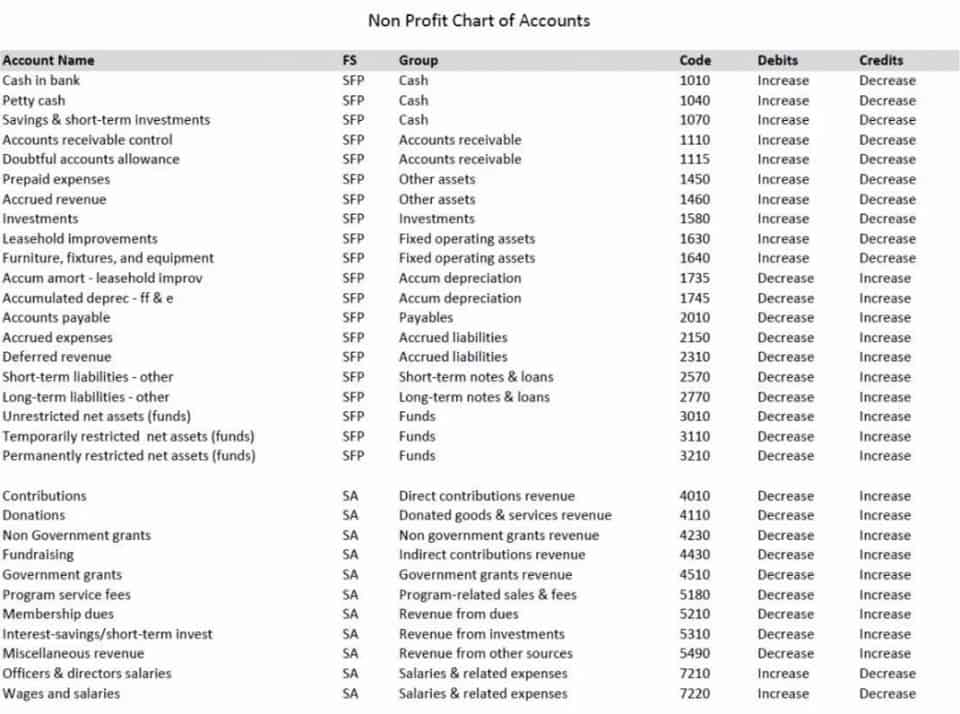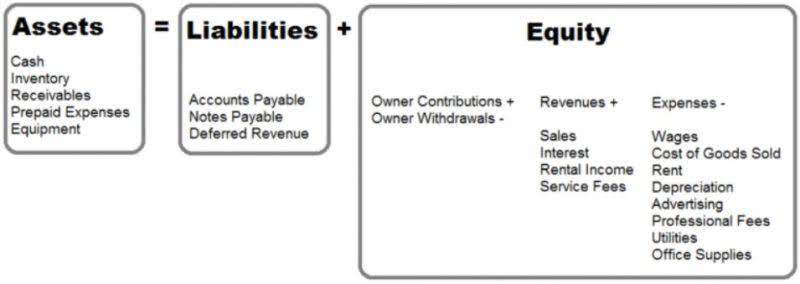
As evidenced by these examples, business process automation can of course deliver results in terms of time and cost savings. But it also delivers a range of other results, like improved accuracy with less human error, higher customer satisfaction, faster delivery of new products, and more visibility into processes. BPA takes advantage of a variety of advanced technology, including automation tools, process intelligence capabilities and cloud platforms. While BPA and RPA are focused on automating processes and tasks, BPM takes a broader approach. BPM is a discipline that involves continuous collaboration between business and IT teams to model, analyze and optimize business processes from start to finish.
Sales processes
This allows for the easy creation and management of complex workflows involving multiple systems and integration points. Both BPA and BPM aim to help businesses improve business processes to meet their organizational goals. BPA focuses on how automation can simplify and streamline a business process. BPM might include automation but doesn’t have to, and it employs a variety of methods to discover, model, analyze, change and optimize end-to-end business processes.

Artificial Intelligence (AI)

You can use BPA to streamline and optimize processes for everything from sales and marketing to HR, compliance, training, and beyond. For example, giving no-code automation platforms to nondevelopers lets them automate workflows and customize apps quickly, without forcing bpa business process automation developers or programmers to do so. Also, AI and machine learning systems can analyze data and look for new approaches that optimize existing workflows. Process mining analyzes enterprise system logs to map out business processes and variations in how they are executed.
Q. Can business process automation be used by small businesses?
The main goal of BPA is to streamline day-to-day operations to keep the business functioning smoothly. These “run the business” activities are the core processes that generate revenue and help guarantee the business runs efficiently, like processing orders or managing customer accounts. The necessity of a progressive approach, taking one process at a time, means that automation solutions need to be easily scalable.
Ensure data protection as you implement BPA with robust security protocols to protect sensitive information while staying compliant with industry standards. Ensure top‑notch communication and collaboration among team members when implementing BPA so that every team member is connected to a singular idea of automation. Kladana’s warehouse management system can automate picking and real‑time shipment tracking. Strategically organize your warehouse to streamline picking and packing processes. Let us explore some of the major steps involved in implementing automation in the manufacturing department.

Expense management
This framework should clarify the role of each technology, filter out market hype and understand how different tools can be used in tandem to achieve comprehensive business process automation. By adopting such a strategic approach, organizations can better navigate the complex BPA landscape and leverage the right mix of technologies. RPA tools are designed to execute specific, isolated tasks by following rules-based processes.
A finance department might use robotic process automation (RPA) to read invoices, extract relevant data, and input it into accounting software. Construction industry workers need help managing multiple projects simultaneously. Automating project management workflows improves communication, reduces delays, and ensures that the project runs on schedule. This is an advanced form of automation that blends RPA with AI and machine learning (ML) to automate tasks and also learn and adapt over time. Most businesses—even large ones—get started automating with relatively simple use cases. However, scalability and adaptability are key to successful enterprise automation.

BPA, RPA and BPM represent a spectrum of strategies and tools organizations use to optimize processes. BPA is the overarching term for automating complex business processes using software solutions to streamline tasks that typically require manual intervention. BPA solutions are often tailored to meet an organization’s specific needs and can integrate with various data systems and APIs to automate workflows across departments. Epiplex.ai (formerly Epiance Software) is a leading provider of AI-enabled process discovery and intelligence platforms.
Monitoring and management
- Select automation software that integrates seamlessly with your existing manufacturing systems and offers features like real‑time monitoring, data analytics, and predictive maintenance.
- The strategy centralizes all of the processes that churn through your organization into one portal.
- Inventory levels were optimized, stockouts were minimized, and overall efficiency soared.
- Intelligent document processing, or document automation, outfits computers with a set of eyes, turning your systems into an always-on mega scanner.
- They needed to track sales and replenish inventory efficiently across multiple locations.
- The terms BPA and BPM are sometimes used interchangeably, but they aren’t the same.

Leave a comment